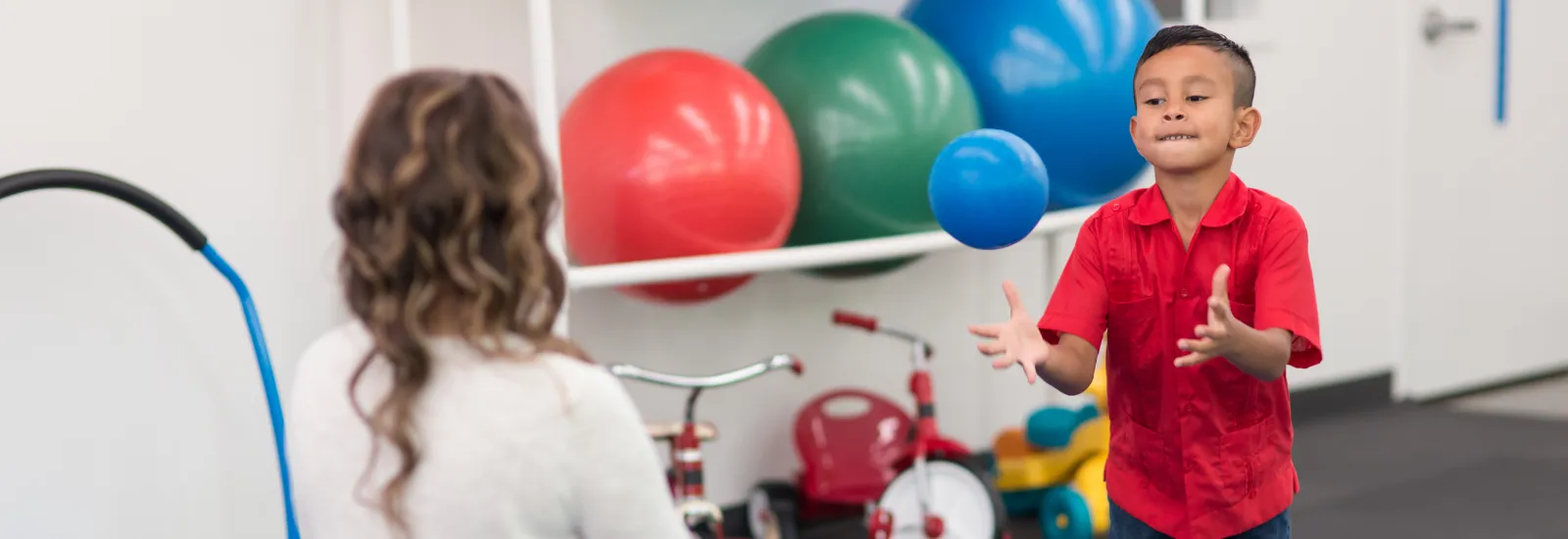
Muscular dystrophy: what to know about these rare diseases
The muscles
are life's unsung heroes. They make every breath, step, and heartbeat possible.
Out of sight and (often) out of mind, muscles allow you to work, play, and
enjoy the activities you love. For children with muscular dystrophy, however,
maintaining muscle health and function is a challenge that grows more difficult
over time.
Muscular dystrophy isn't
a single condition but rather a group of dozens of diseases that have some key
features in common. These diseases weaken muscles, eventually leading to muscle
loss and causing a variety of health effects, such as scoliosis, heart and breathing
conditions, and difficulty walking. Muscular dystrophy has no cure, but
treatments can help slow its advance and manage related problems.
Why does muscular dystrophy develop?
Your muscles can't form
or function properly without proteins from specific genes. In most cases,
muscular dystrophy occurs when children inherit a change in at least one of
these genes from a parent. Symptoms may begin in childhood or adulthood, and
the disease may progress slowly or quickly. Every case is different. Rarely,
patients develop, rather than inherit, a gene change that leads to muscular
dystrophy.
Main forms of muscular dystrophy
It's difficult to know
exactly how many people have muscular dystrophy, but it's clear this group of
diseases is rare. It's also diverse. There are more than 30 forms of muscular
dystrophy, with some featuring multiple genetic types. Some of the most common
kinds of muscular dystrophy include:
- Duchenne muscular
dystrophy. This condition usually develops in children age 5 and younger, and
it's most common in boys. It often begins by causing muscle weakness in the
upper arms, pelvis, and legs and can affect the heart and lungs. Unfortunately,
this disease eventually robs many children of their ability to walk.
- Becker muscular dystrophy. This disease is closely related to Duchenne muscular dystrophy, although there are key differences between the two. With Becker muscular dystrophy, symptoms often appear later in childhood, and the disease takes longer to worsen. Loss of muscle strength tends to occur first in the shoulders, hips, thighs, and pelvis.
-
Myotonic dystrophy. Myotonic dystrophy is the most common
adult-onset form of muscular dystrophy. It
gets its name from lengthy muscle contractions called myotonia, which cause
muscles restriction for a length of time instead of relaxing quickly.
Muscle matters: symptoms to watch for
Children with Duchenne or Becker's
muscular dystrophy may have:
- An abnormal gait that looks like waddling or causes them to walk on their toes or the balls of their feet
- Difficulty climbing stairs
- Difficulty standing after sitting or lying down
- Large calf muscles
- Leg pain
- Poor endurance
- Problems running and jumping
- Problems with coordination and balance, including frequent falls or stumbles
For adults who develop
myotonic dystrophy, the main symptom is myotonia. It can affect a wide range of
everyday movements and activities, from eating and speaking — some people may
experience locking of the jaw for a short time — to not being
able to let go of an object, such as a steering wheel or doorknob, right away.
People with myotonic
dystrophy may also develop:
- Cataracts
- Diabetes
- Heart conduction disorders
Treatment options
The goal of muscular
dystrophy treatment is to reduce symptoms, control related conditions, maintain
functional ability and quality of life, and if possible, slow the disease's
progression.
- Assistive devices, such as walkers and
wheelchairs, can allow children and adults to stay mobile if they can no longer
walk.
- Medications can help maintain muscles
and treat complications. Glucocorticoids, for example, may boost muscle
strength and slow weakening. Other classes of medications can help manage
muscle spasms and cardiac conditions.
- Rehabilitation therapies can be beneficial for
many patients. For example, physical therapy can improve mobility,
muscle strength, and range of motion. Physical therapists can also show
children how to use assistive devices correctly. Speech therapy can strengthen
facial and throat muscles. Occupational therapy helps patients adapt to
living with muscular dystrophy. Patients who experience muscle weakening that
affects their ability to breathe may benefit from respiratory therapy.
- Surgery may be necessary for some
patients. Spine surgery, for example, can help
straighten the spine in children with severe scoliosis. Surgery can also treat
cataracts and heart rhythm problems.
Absence of a cure doesn't
equate to an absence of hope. Treatments can help patients find joy, purpose,
and fulfillment.
Looking for an expert to
help your child manage a long-term health challenge? Request an appointment with a board-certified pediatrician on the Reid Health pediatrics team or connect with Reid Health Pediatric Therapy for help.

